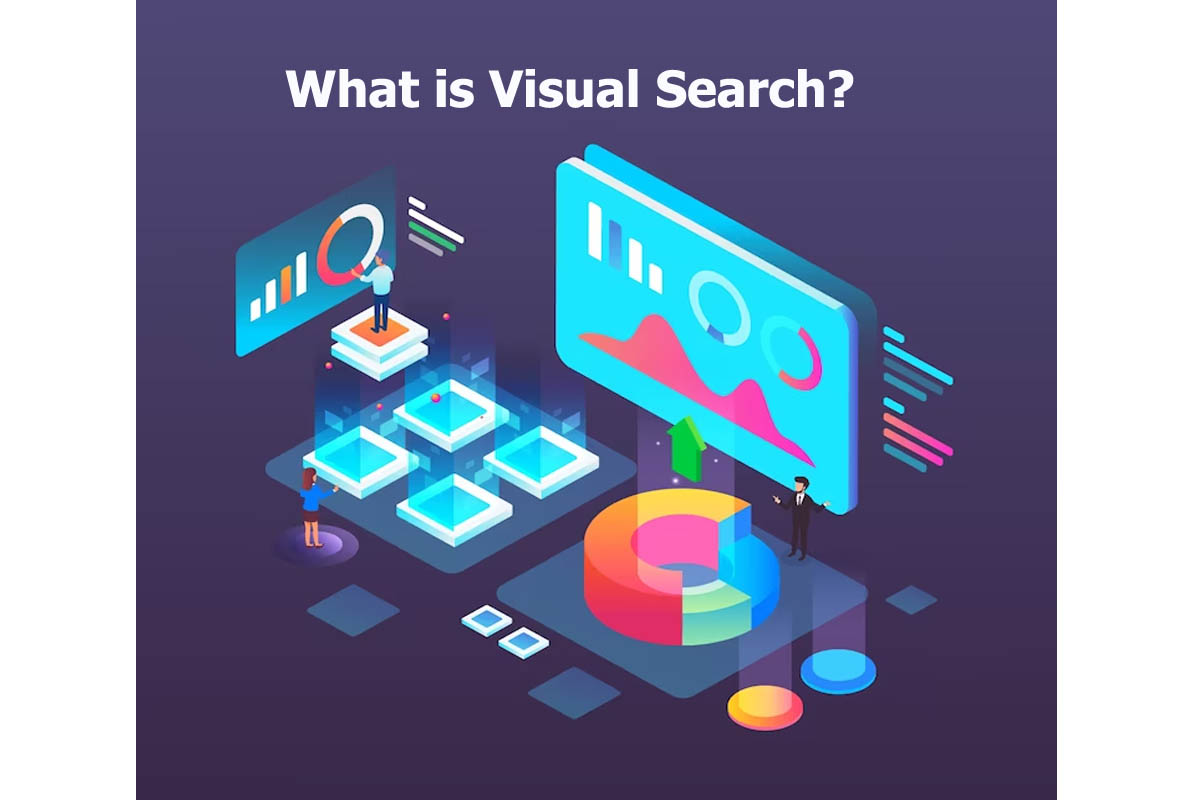What is Visual Search?
Introduction
Visual search is looking for something in the search engine with an image rather than text. To outward results, search engines and online platforms use Visual Recognition Technology or Artificial Intelligence (AI) to identify the elements in the given image and provide the viewer with accurate information.
Now, Google visual search s getting a lot of attention, but they are not the only search engine team working on it. The oldest team that is working on visual search is Pinterest. Many search engines have launched visual searches nowadays. For example:
- Snapchat Scan
- Bing Search
- Google Lens and Search
- Amazon Style Snap
What is the difference Between Visual and Image Search SEO?
Yes, there is a difference between visual and image search optimization. Image search optimization can form parts of visual search optimization. But these do not mean they are interchangeable. Let us see how both are different:
Image Search SEO
With image search, you should prioritize helping images to surface when users enter images based on queries. To do this, your image should follow some of the SEO practices:
- Alt text
- Alt Tag
- Schema markup
- Relevant file names.
These things will allow google to return an image search result for a text-based query. But the user should know what text to type to get accurate results. For example, when you type “White Tiger”, an image search will return different tiger topics and many images. Then based on your requirements, you can filter the query.
Visual Search SEO
With visual search, you can take a picture of a White Tiger toy and put it in a search query like google lens, and then google shows the results based on what they see in the images.
Nowadays, you can do this in online shopping. For example, suppose you are looking for a dress, and if you want an exact copy of what you decide, then you can put the image and search you will get better results.
This is great from the user’s perspective because you don’t have to type to find anything and still get better results. And from Google’s perspective, it is more effective because they can access the image and decide which element to filter first to provide the best results in the SERP.
How does Visual Search has an Effect on SEO?
The concept of bringing search visually considerations to the real world may look initially intimidating, but this is an excellent opportunity for small or large businesses to combine different brand identities effectively.
People working in SEO should synchronize efforts with Sponsorships, branding and PR team members to seize visualization SEO traffic for your brand or business wins. This will also take your brand overseas, where you don’t need a language to understand. Visualization can do wonders.
Which content Elements are Great Understood in Visual Search?
Visual search tools can identify text, images and objectives. However, certain elements are easier and quicker to recognize than others. Therefore, when users search visually, Google taps into multiple information sources to satisfy the search query.
Google maps, Visual AI, Knowledge Graph and other sources combine to search results outward, but in reality, Google tools have fewer priority elements. And when these elements are present in images, Google can identify, sort and visually match the same content. And it will return with these results.
Logos:
Logos are understood completely without even typing a single word. For example, the “LV” logo can clearly state that it is a Louis Vuitton. This information comes from the logos in the knowledge panels, Google business profiles, structured website data, and other sources.
Knowledge Graph Entities:
This is used to categorize or tag images and significantly impacts what is displayed on SERP for it. Google recognizes more than 5 billion KGE, so it is worth considering which is more accurate to your brand and making sure they are visually present on your website.
Landmarks:
It is identified as visual, but it is also connected to the physical location on Google maps, meaning that local businesses or owners should use imagery to demonstrate their business location.

